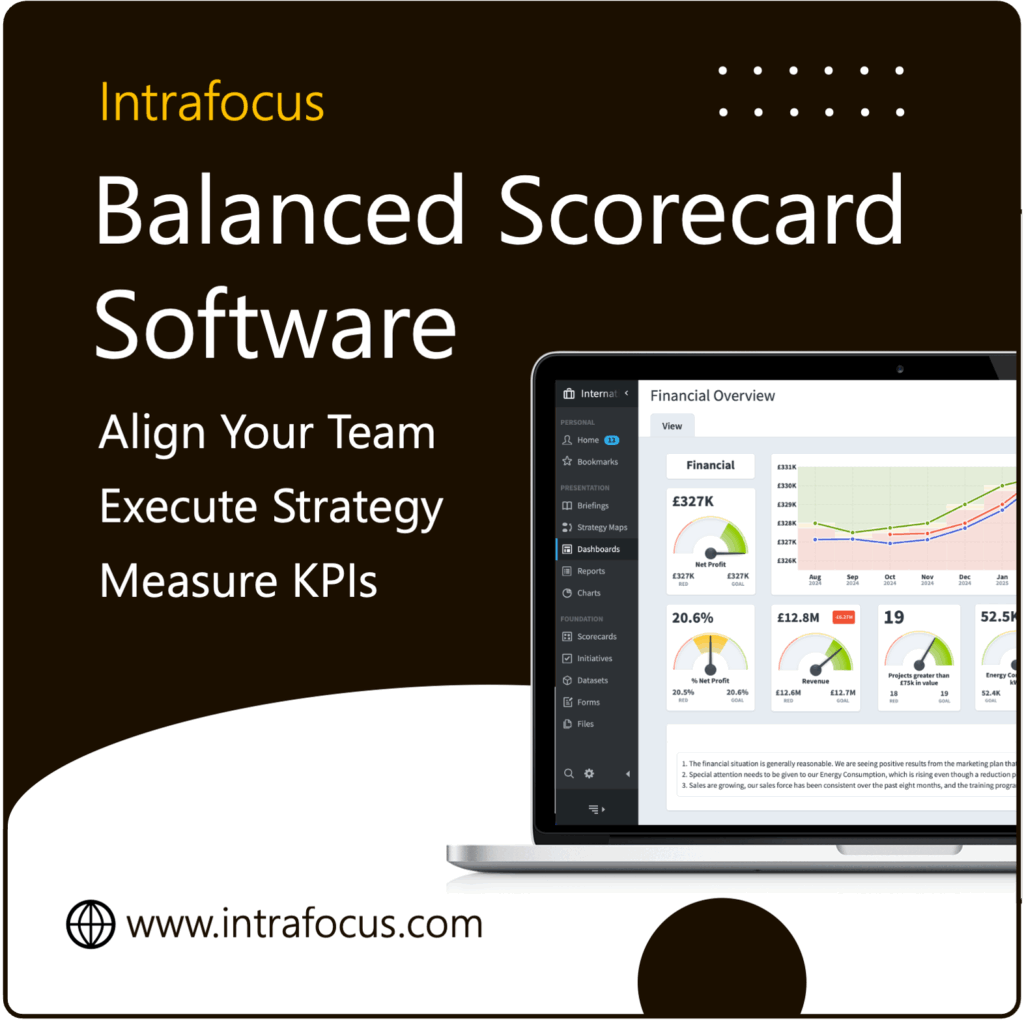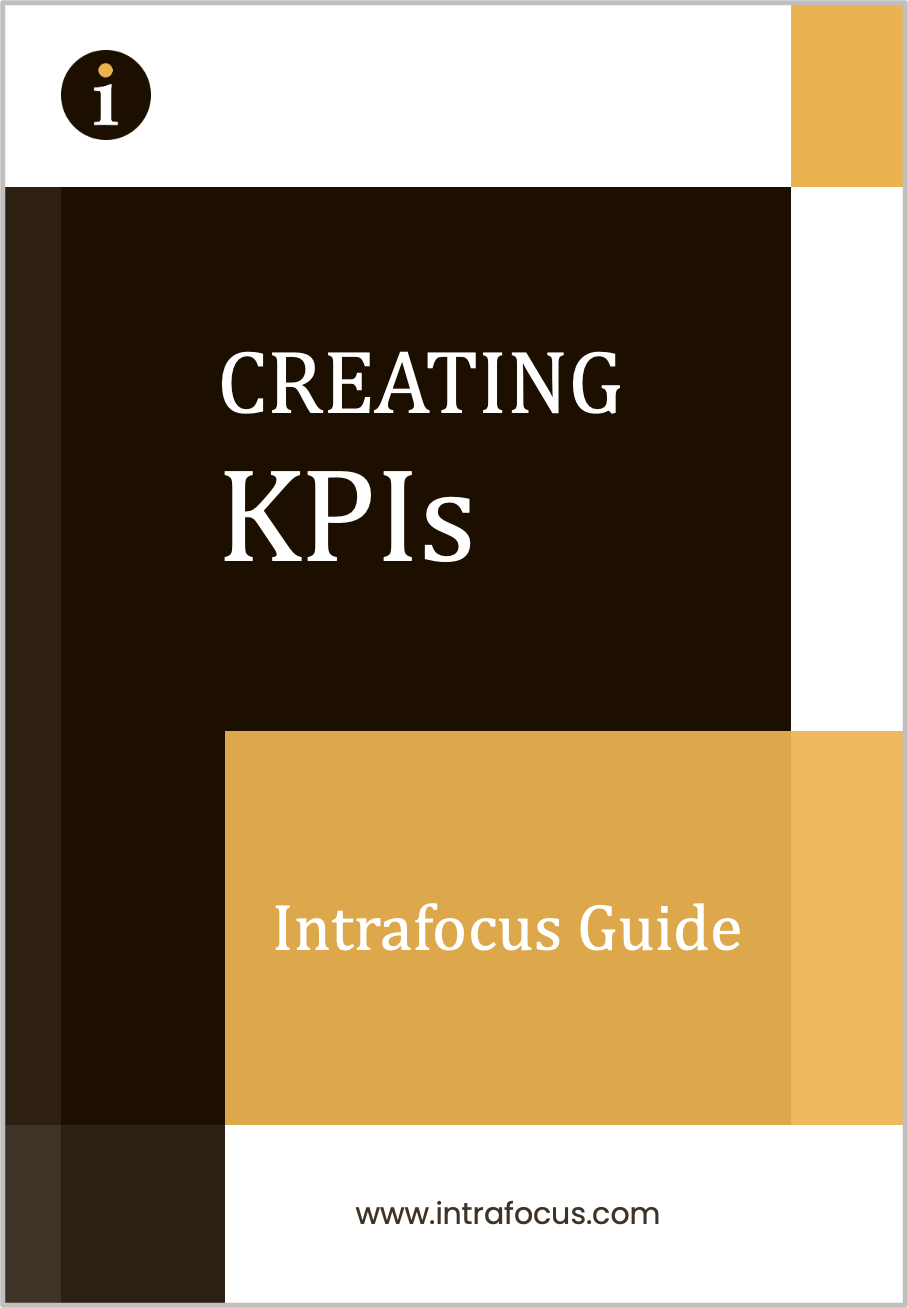Strategy can no longer sit in a binder on a shelf or as a static PDF on a shared drive. Markets shift too quickly, customer expectations evolve, and competition is relentless. Yet many organisations still rely on spreadsheets and quarterly reports to track performance. By the time results are reviewed, the moment to act has often passed.
This is why automation and dashboards matter. They bring strategy to life in real time, ensuring leaders and teams have the information they need when it counts. Instead of waiting weeks for manual updates, data flows directly into visual dashboards that reveal progress against objectives instantly. With technology and AI supporting automation, organisations can respond faster and confidently, turning strategy into a living process rather than a static plan.
From Strategy Document to Living System
A carefully written strategy document may look impressive, but it starts ageing the moment it is published. In fast-changing environments, static plans quickly lose relevance. Strategy must be treated as a living system that evolves with circumstances and remains firmly connected to daily operations.
This is why Step Seven of the Intrafocus Seven-Step Strategic Planning Process focuses on automation. When strategy is automated, updates happen seamlessly, and dashboards provide a clear, current view of performance. AI can enhance this by automatically detecting new patterns or shifts in data, so leaders spend less time gathering numbers and more time making informed decisions. The result is a visible, adaptive, and always relevant strategy.
Why Automation Matters in Strategy Execution
One of the biggest challenges in execution is the gap between operational data and strategic reporting. Collecting information manually is slow and prone to errors, often resulting in inconsistent or outdated insights. Leaders end up spending valuable time compiling reports instead of analysing them.
Automation changes this dynamic. By connecting operational systems directly to dashboards, information flows without delay. Performance indicators update automatically, giving decision-makers a near real-time picture of progress. This enables proactive adjustments rather than reactive corrections.
AI can strengthen this further by flagging anomalies or forecasting risks before they become visible in headline KPIs. For example, a sudden dip in customer sentiment can be detected early, prompting timely intervention. As Harvard Business Review notes, organisations that invest in automation and intelligent reporting are better positioned to act decisively, reduce delays, and close the strategy execution gap.
Dashboards: Making Strategy Visible
A strategy is only effective if people can see it, understand it, and act on it. Dashboards provide that visibility. Instead of burying KPIs in spreadsheets or lengthy reports, dashboards present information in a clear, visual format. Leaders can track financial results, customer satisfaction, project milestones, and organisational capacity at a glance.
Dashboards also serve as a single source of truth. They reduce the confusion of multiple versions of data and ensure everyone is working with the same numbers. This transparency encourages alignment, accountability, and collaboration across the organisation.
AI-enhanced dashboards can take this further by highlighting patterns, predicting potential issues, and surfacing insights that might otherwise be missed. By simplifying complex data into actionable views, dashboards help teams focus on what matters most. According to McKinsey, companies that use real-time dashboards to monitor performance are quicker to adjust strategy and achieve better results.
Balanced Scorecard Meets Real-Time Dashboards
The Balanced Scorecard provides a structured way to view organisational performance across four perspectives: Financial, Customer, Internal Processes, and Organisational Capacity. Dashboards bring these perspectives to life by ensuring each one is updated in real time.
For example, a customer dashboard might show satisfaction scores drawn directly from survey platforms, while an internal processes dashboard could track cycle times from operational systems. Financial dashboards update as new figures are posted, and organisational capacity dashboards display training uptake or system availability. Automation ensures these updates happen without manual intervention, keeping every perspective accurate and current.
AI plays a subtle but important role here, too. It can help identify correlations across perspectives, such as how employee engagement trends affect customer satisfaction. This holistic view ensures strategy is not seen as isolated measures but as an interconnected system.
Real-time dashboards, powered by automation, transform the Balanced Scorecard from a reporting tool into a living framework for strategy execution.
Keeping Dashboards Effective and Focused
Dashboards are powerful tools, but their value depends on clarity and focus. Too often, organisations overload them with every available metric, turning what should be a strategic guide into a cluttered data wall. When leaders are faced with too many measures, it becomes harder to spot the insights that matter.
The most effective dashboards are selective. They highlight the KPIs that directly align with strategic objectives and initiatives. This ensures attention is directed toward the drivers of long-term success rather than background noise.
Automation and AI can help filter data, but technology is no substitute for discipline. Dashboards must be designed with intent, keeping the organisation’s strategy front and centre. When they are focused, dashboards become a tool for decision-making rather than distraction, empowering leaders to respond quickly and with confidence.
Bringing It All Together: Strategy in Real Time
Automation and dashboards give leaders the ability to see strategy in action rather than waiting for the next quarterly review. When designed well, they provide visibility, focus, and agility; qualities every organisation needs to succeed in today’s environment.
Step Seven of the Intrafocus Seven-Step Strategic Planning Process is where strategy truly comes alive. By linking data directly to objectives and initiatives, organisations move from static documents to a living system that updates itself. Automation ensures accuracy and timeliness, while dashboards present the information in a form that people across the business can understand and use.
Tools like Spider Impact make this transformation achievable. With real-time dashboards, performance tracking, and automated reporting, strategy becomes visible and actionable every day.
If you are ready to see how automation and dashboards can deliver strategy in real time, contact Intrafocus today.



